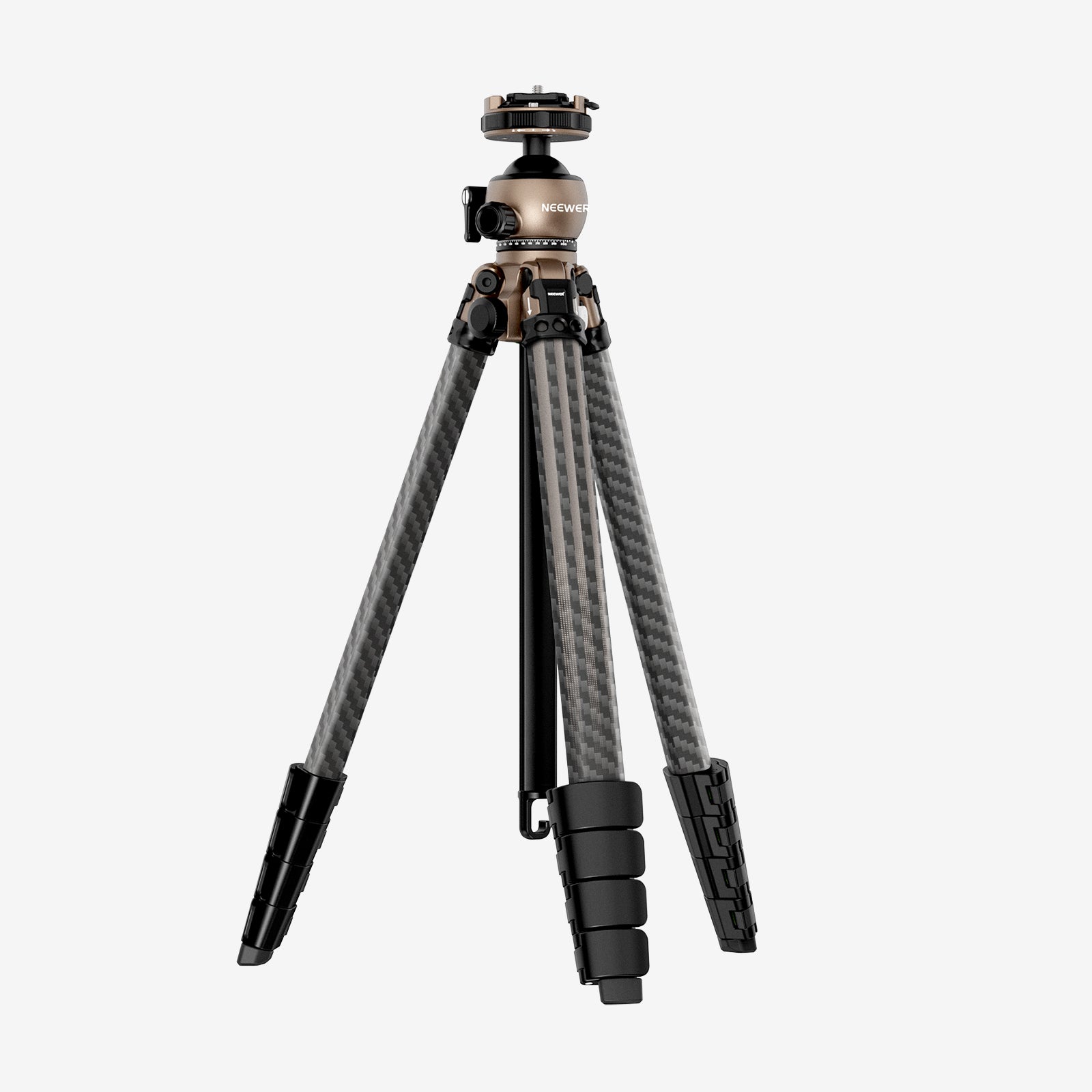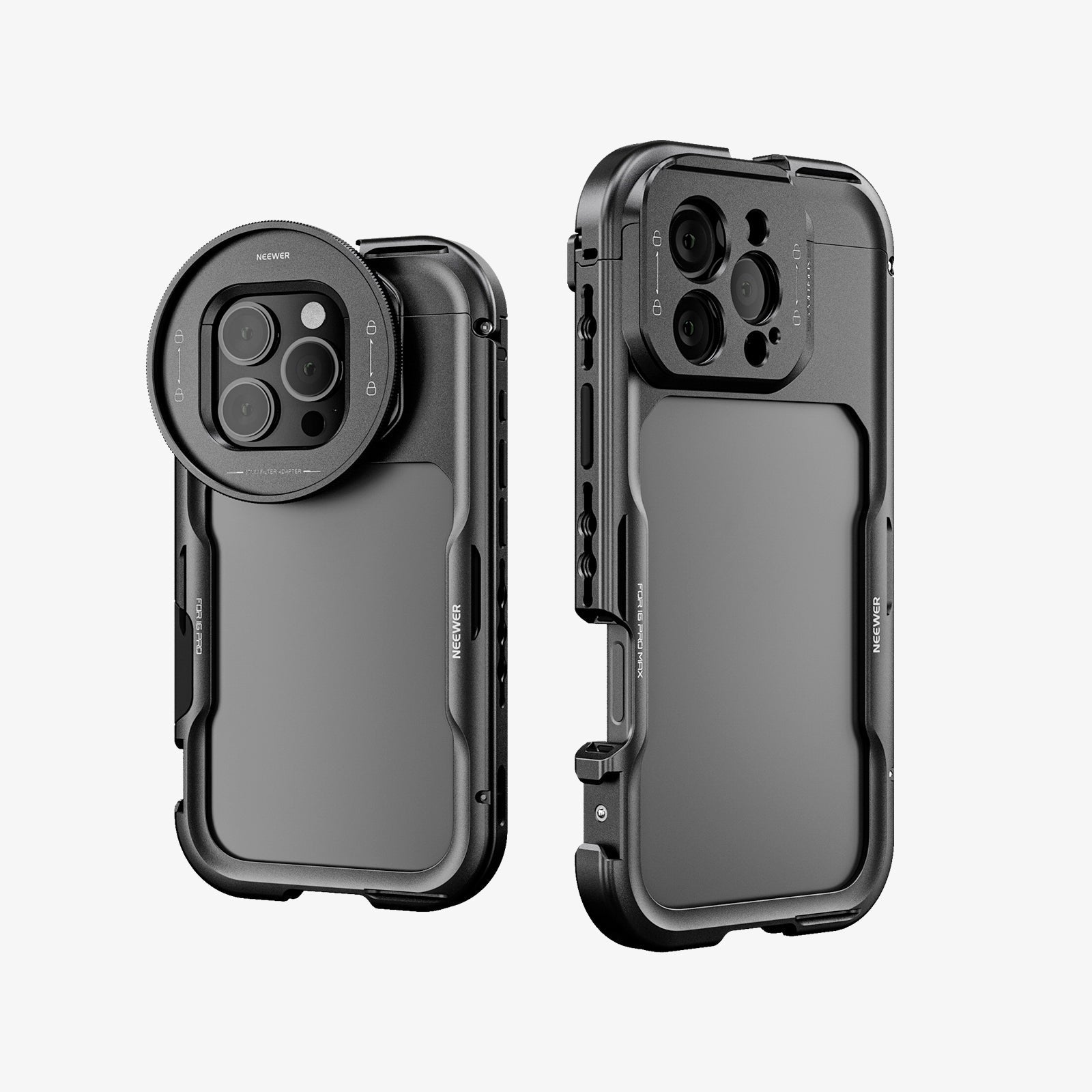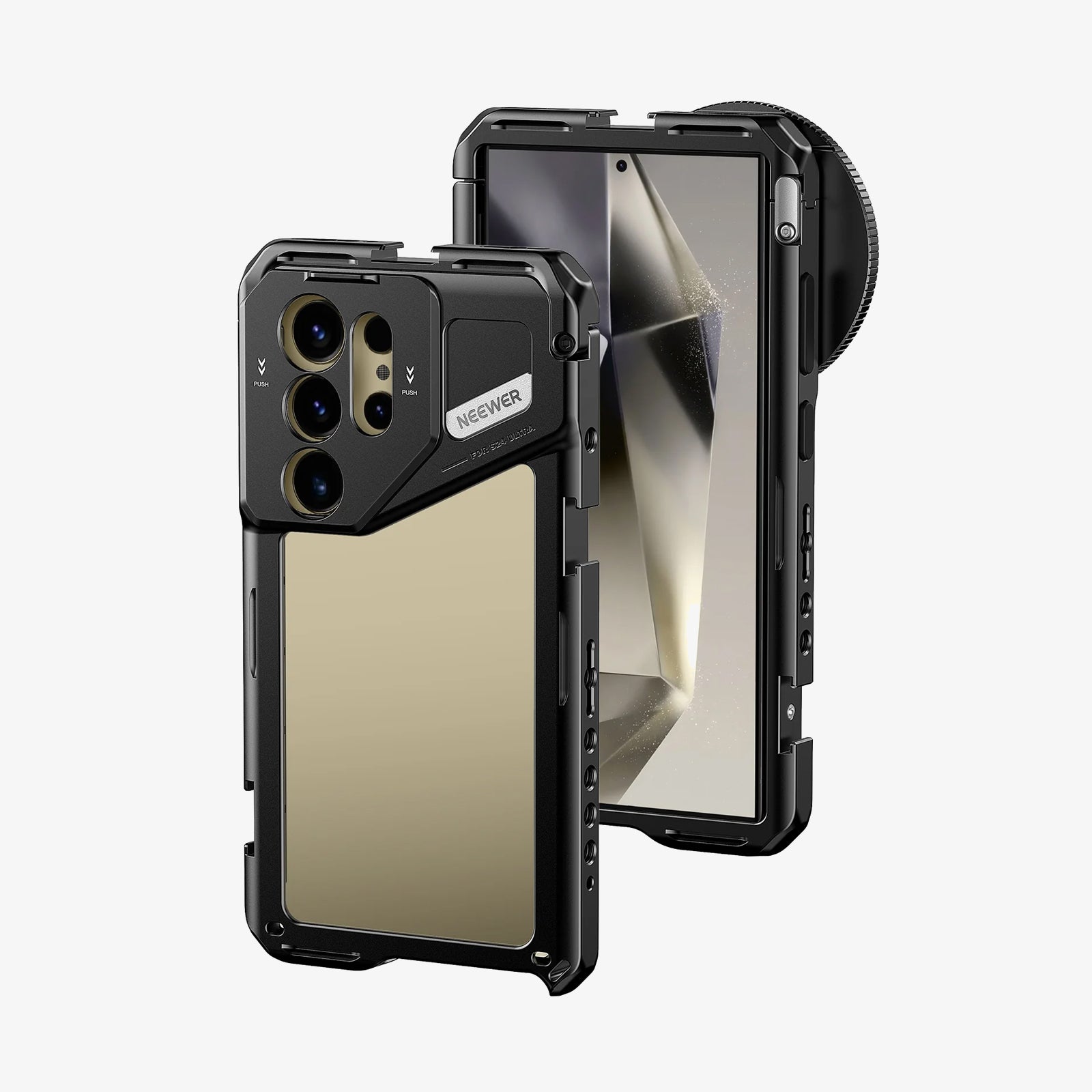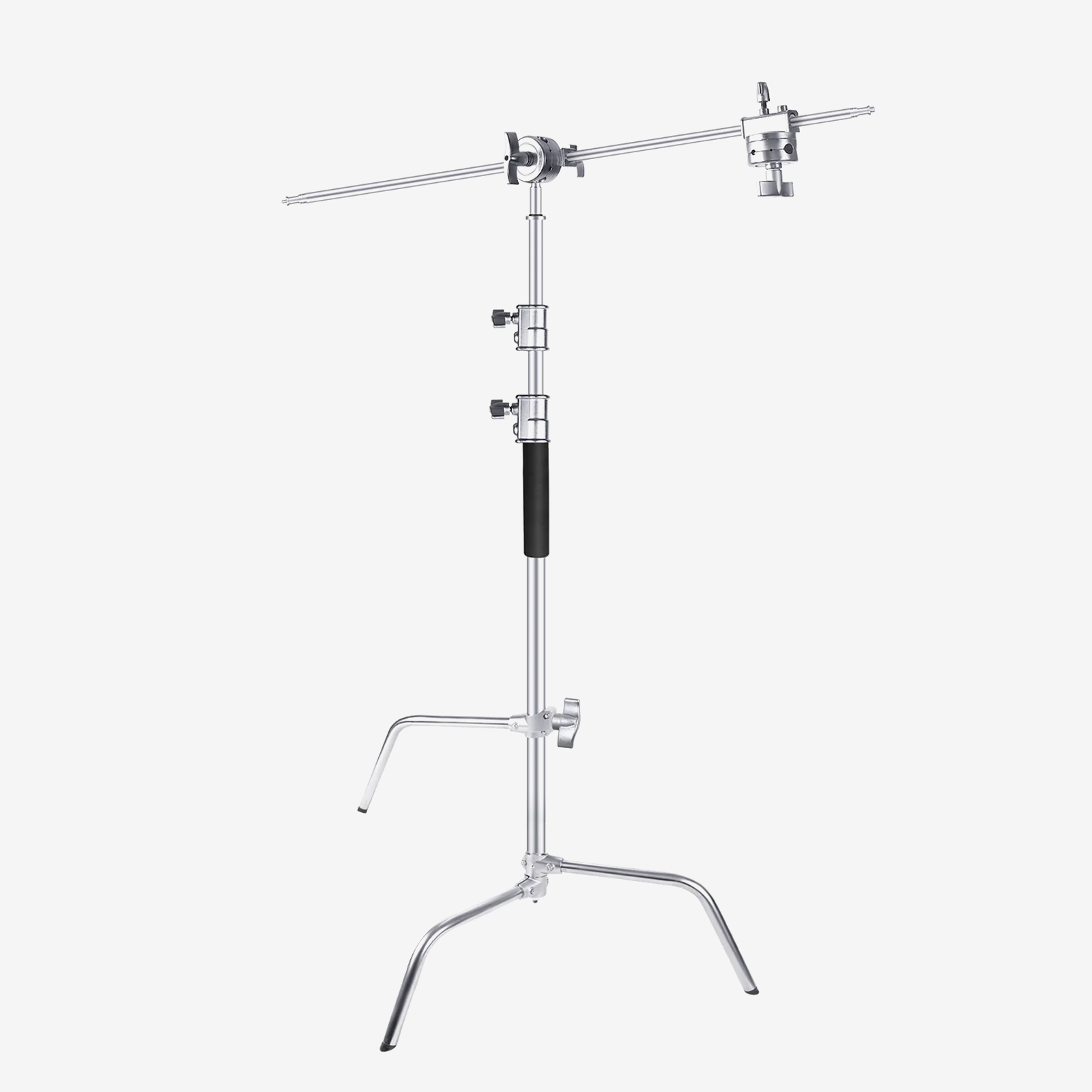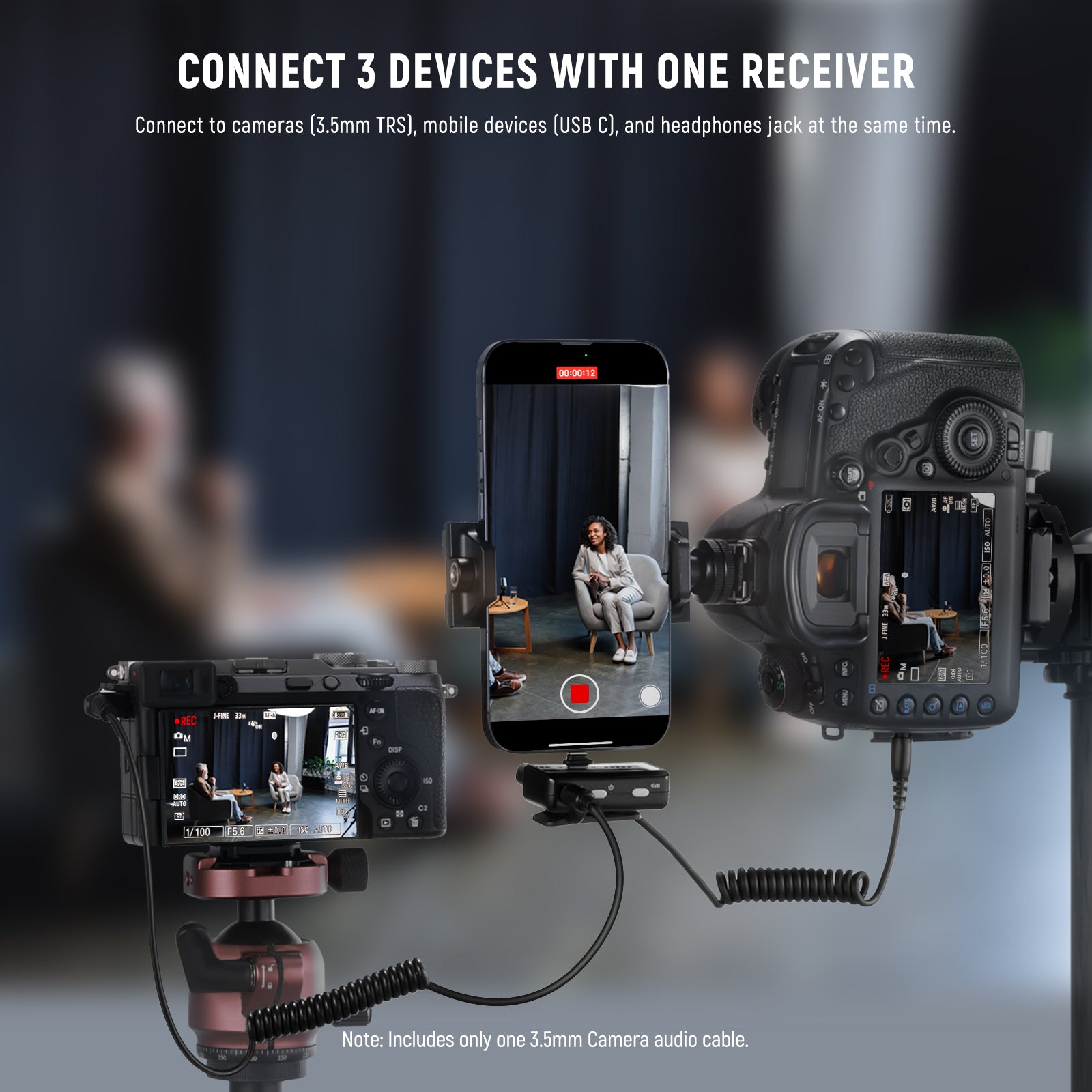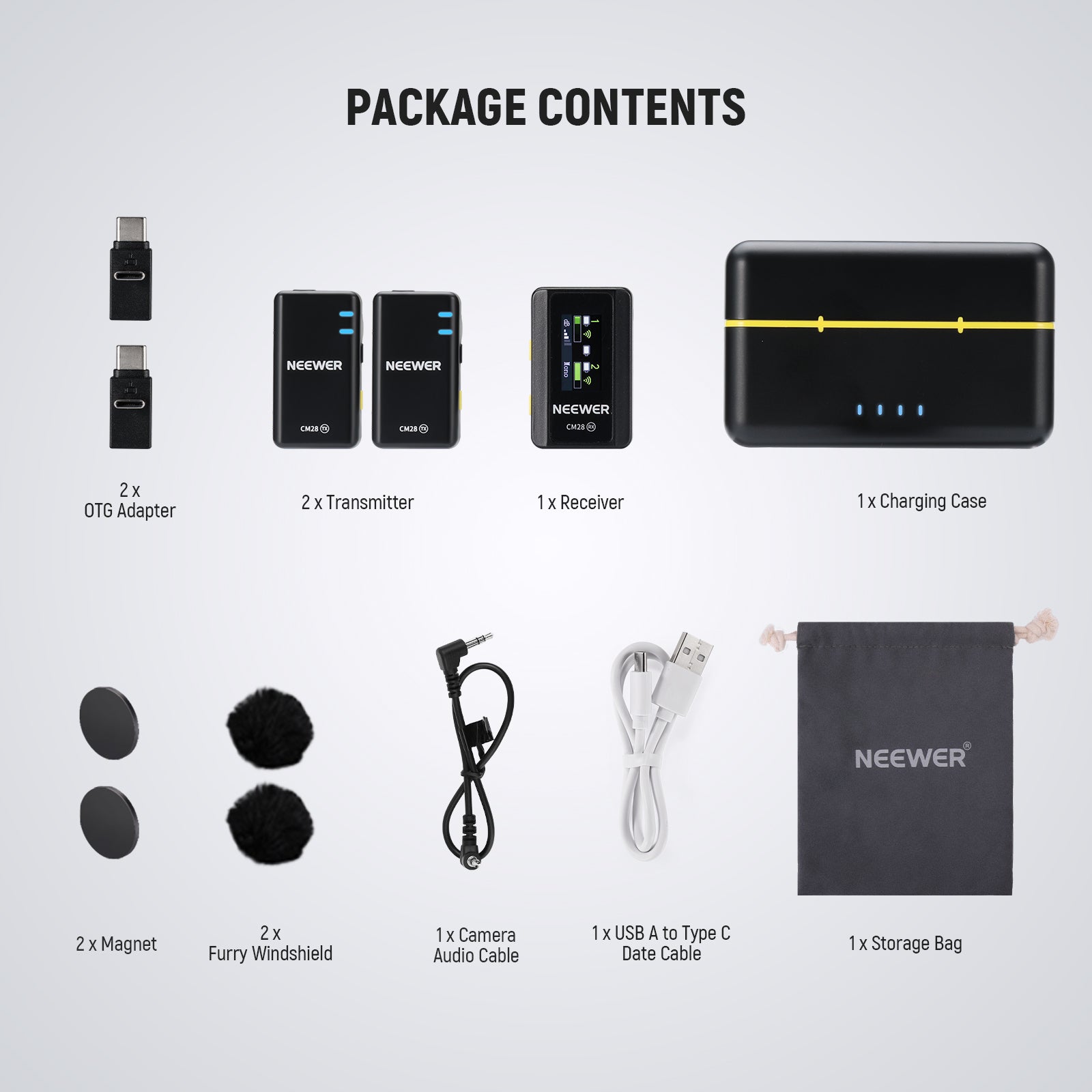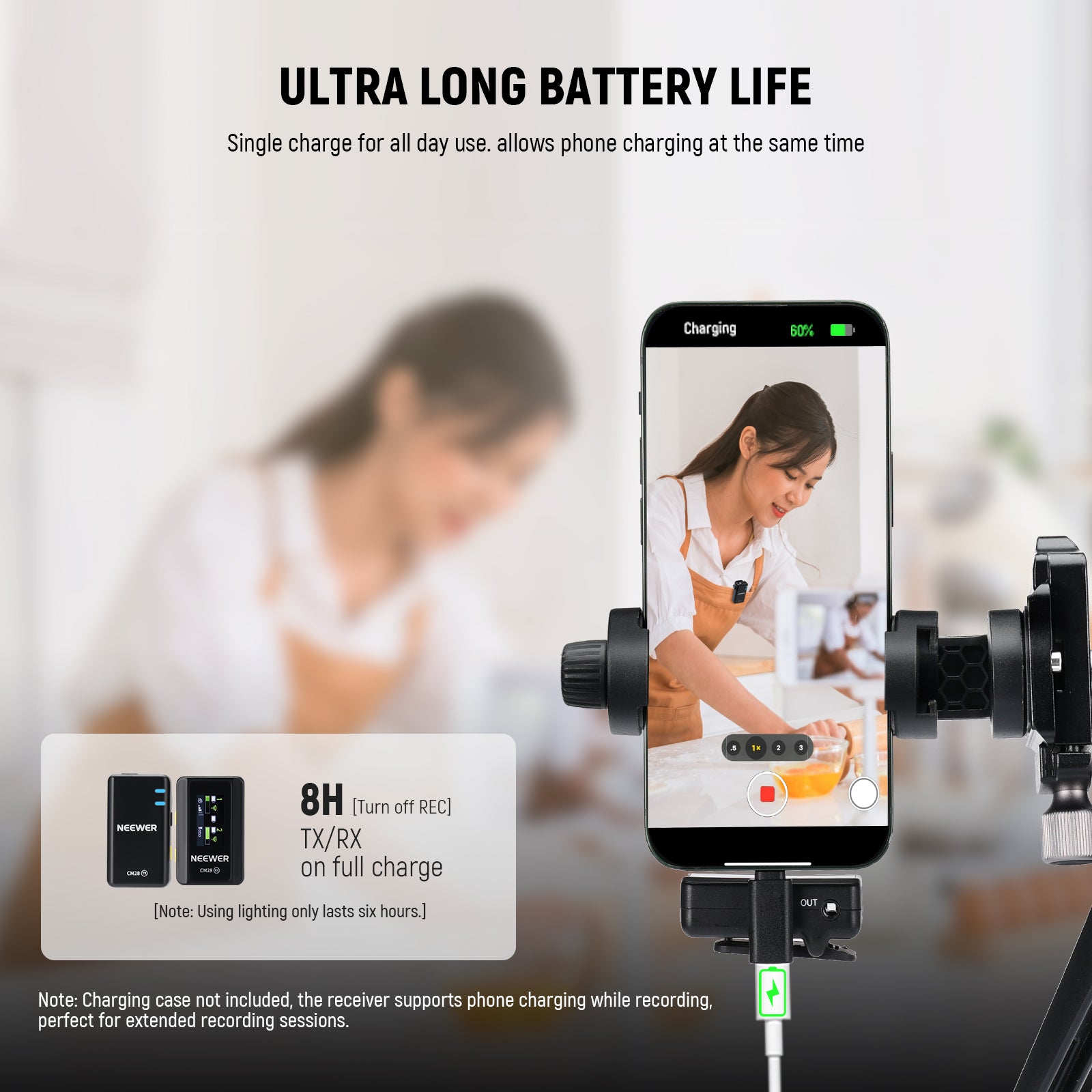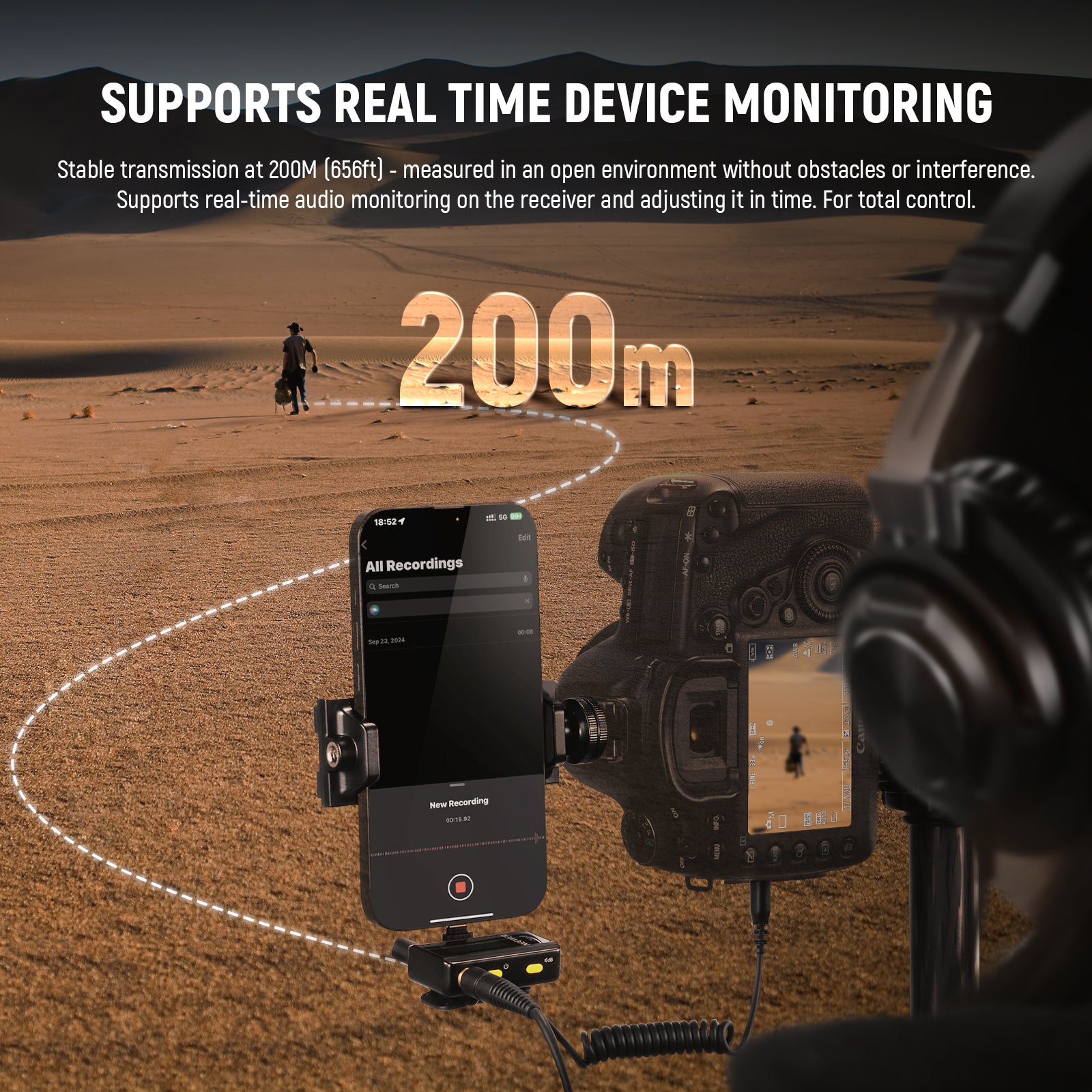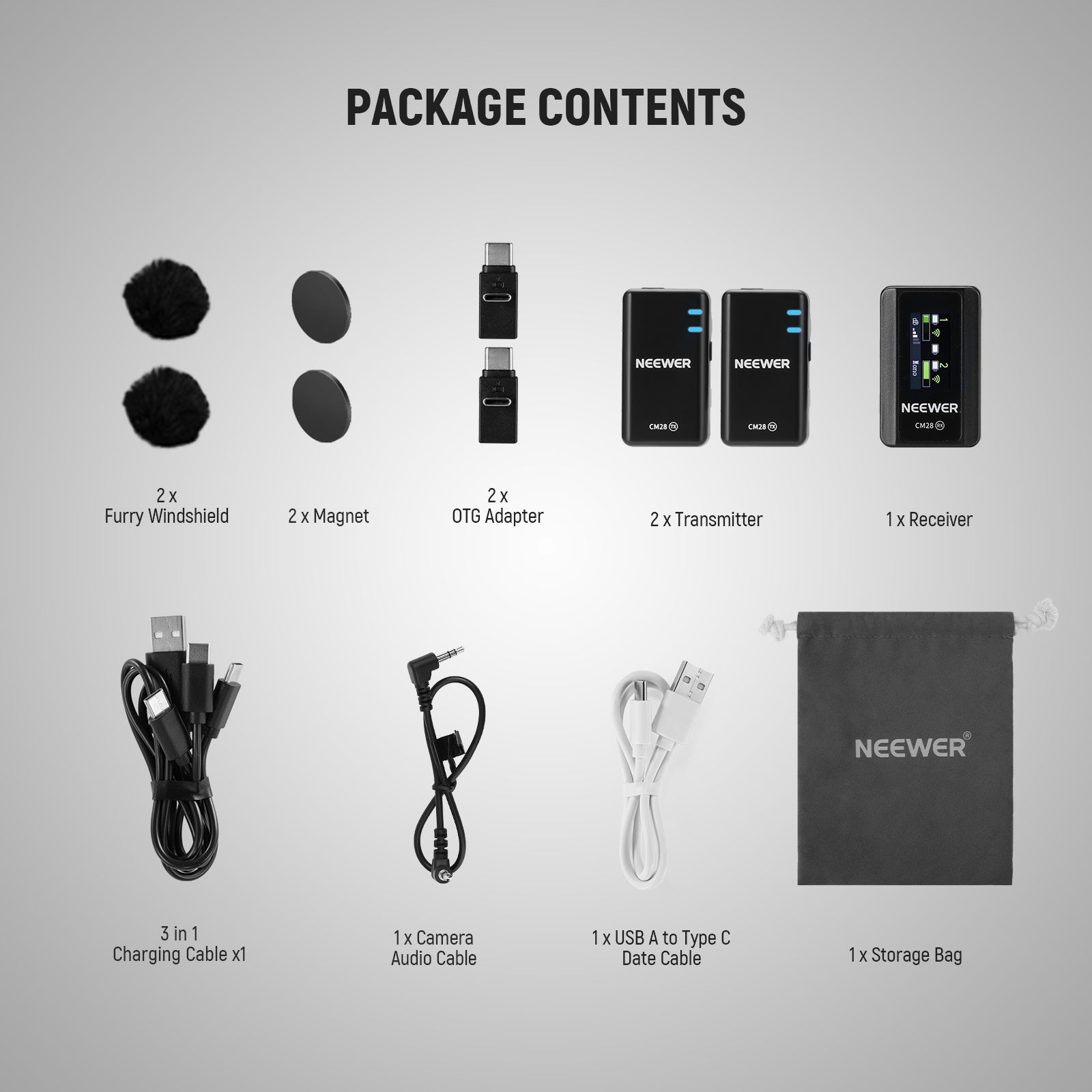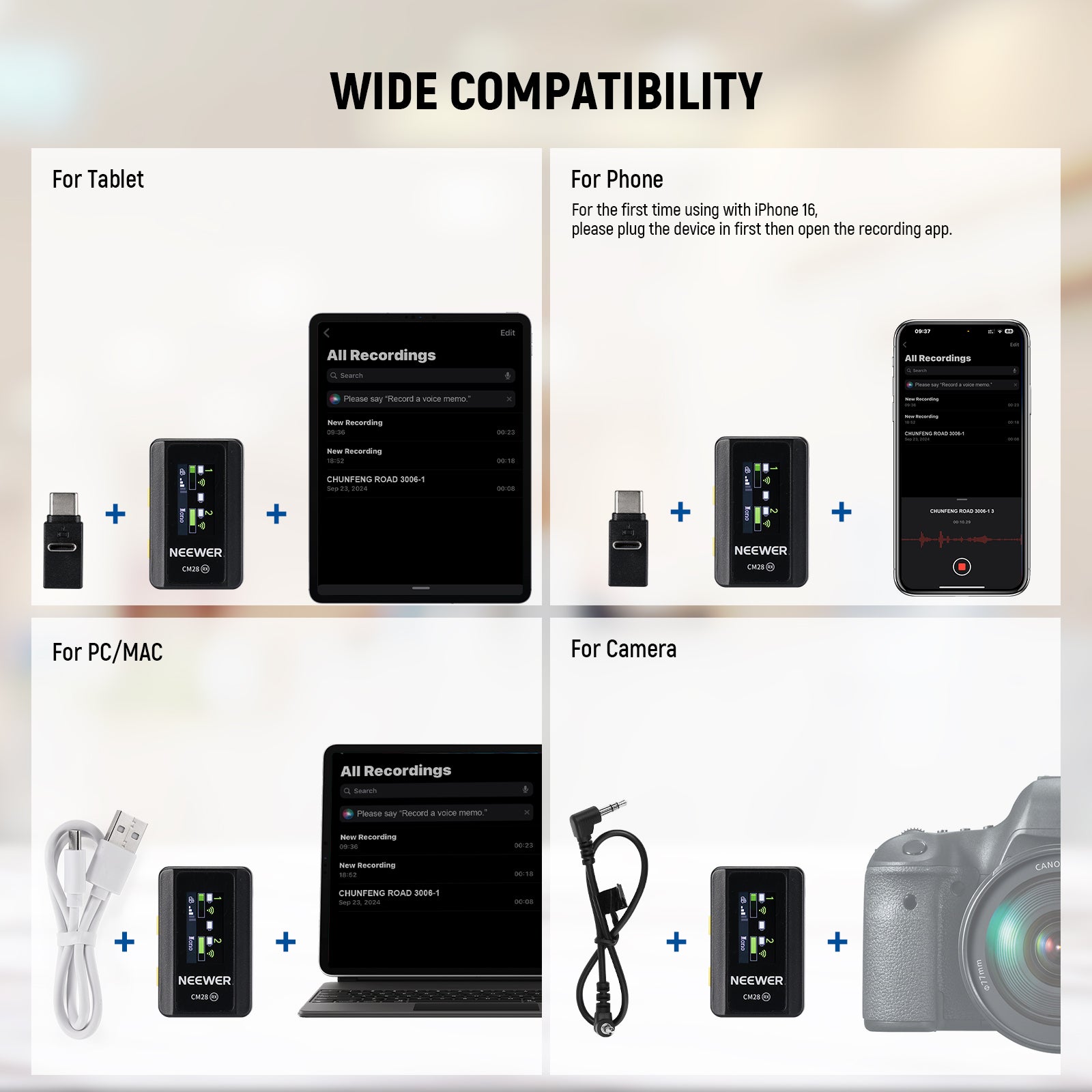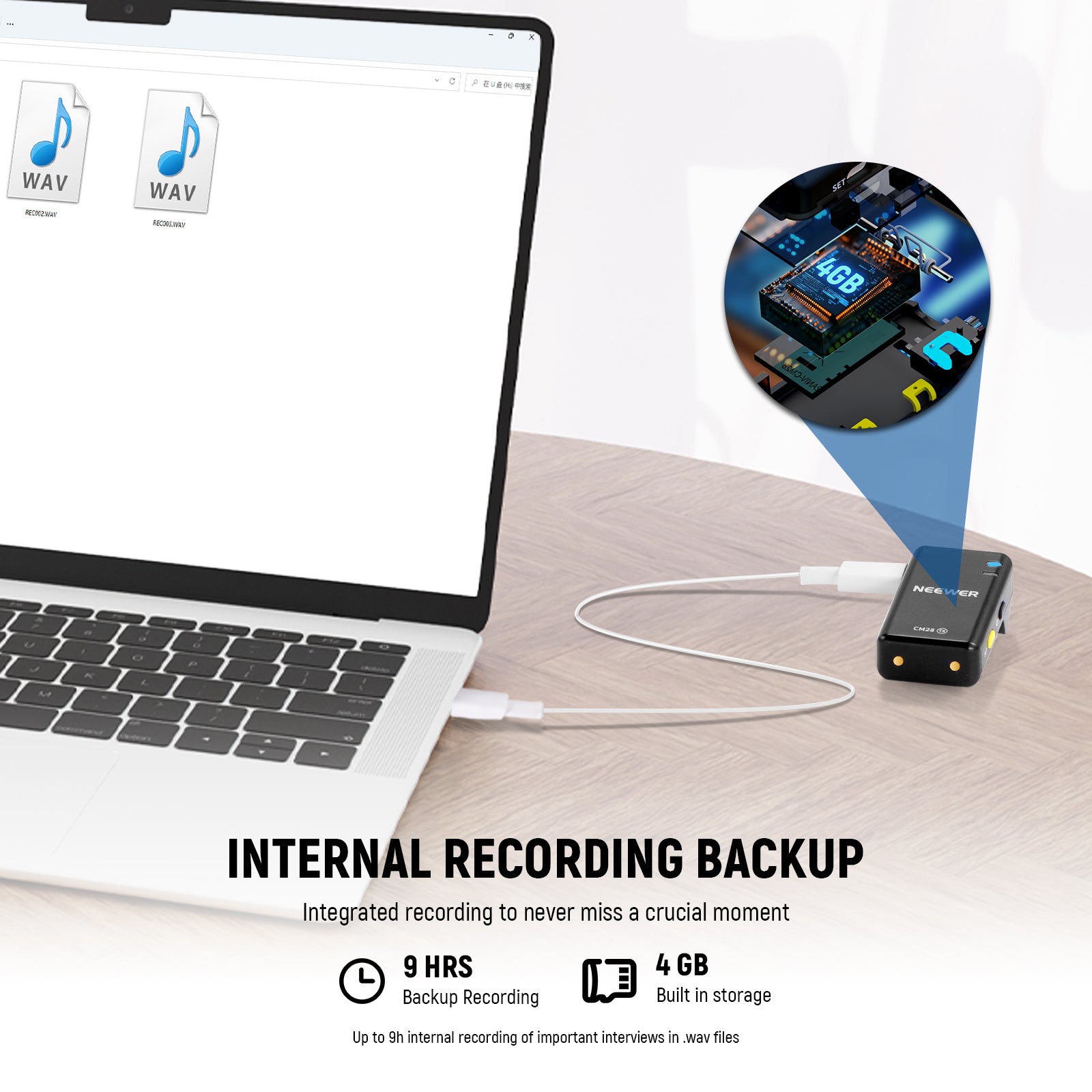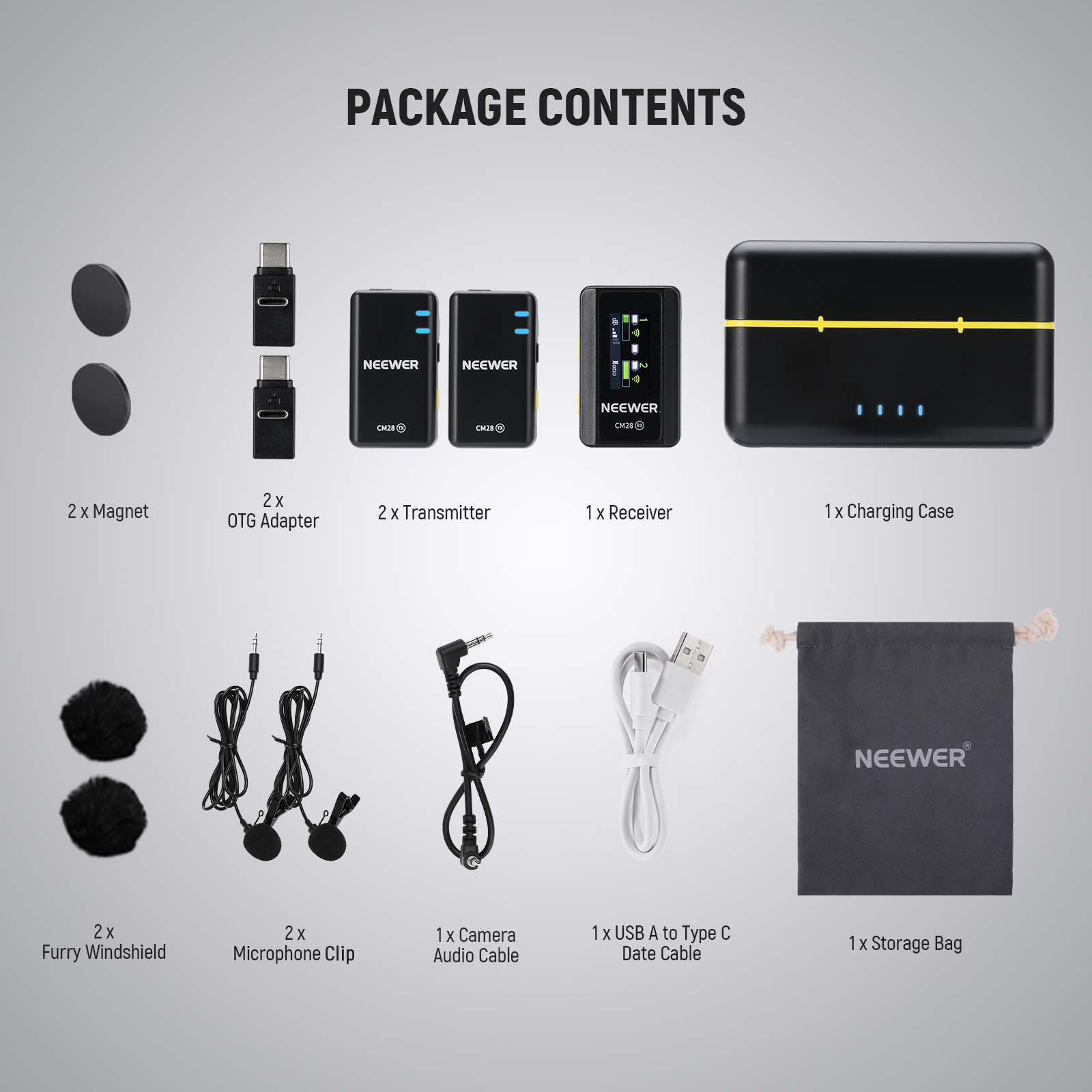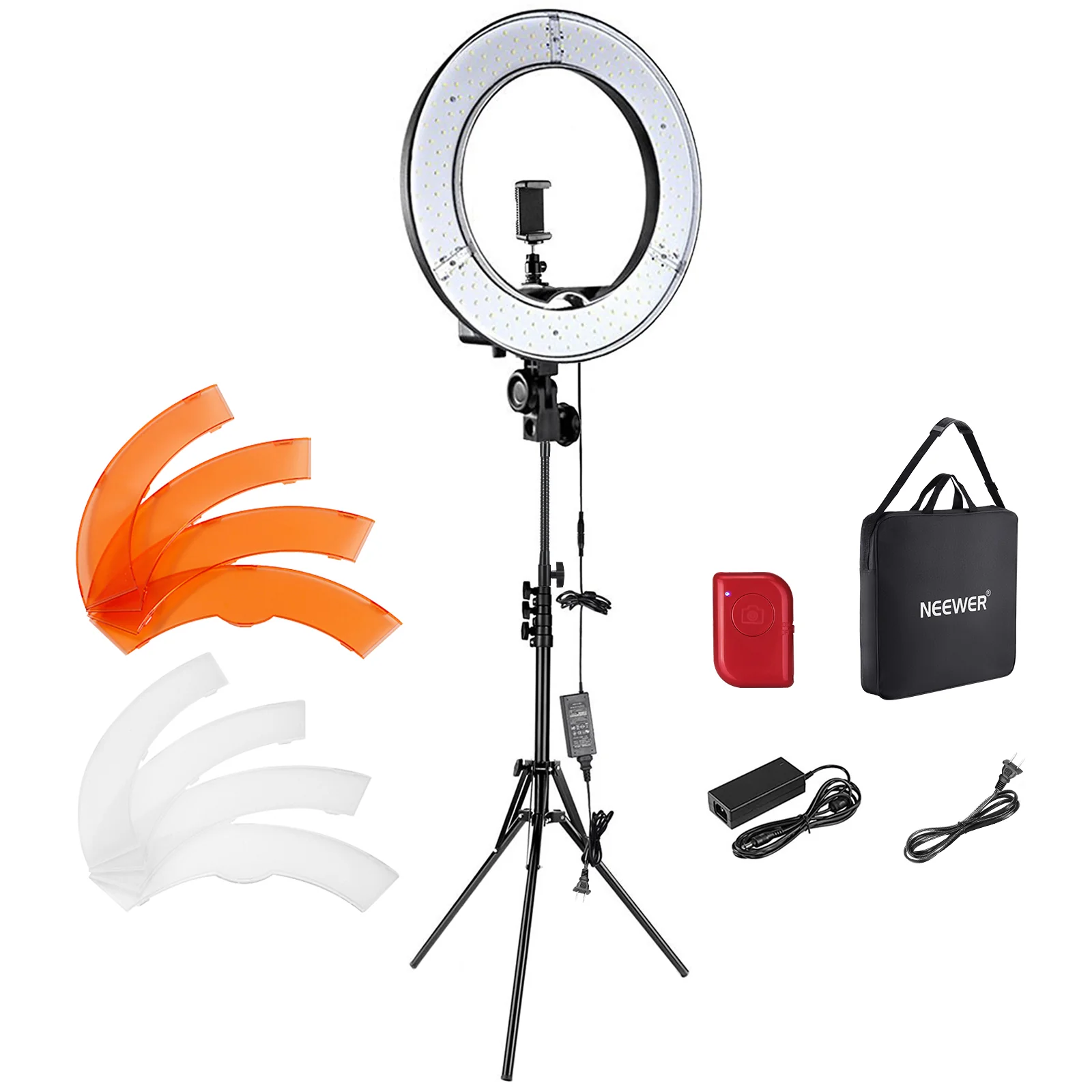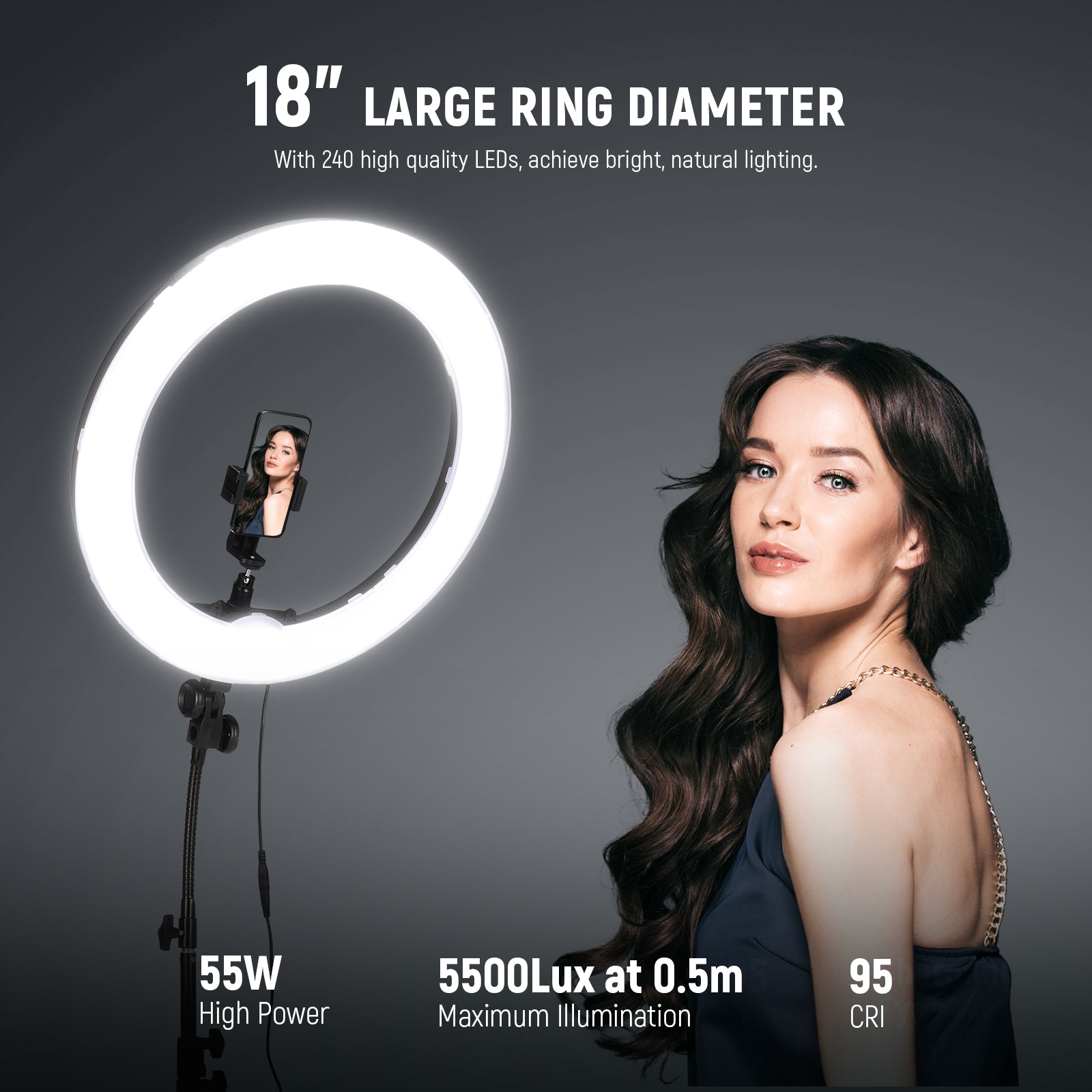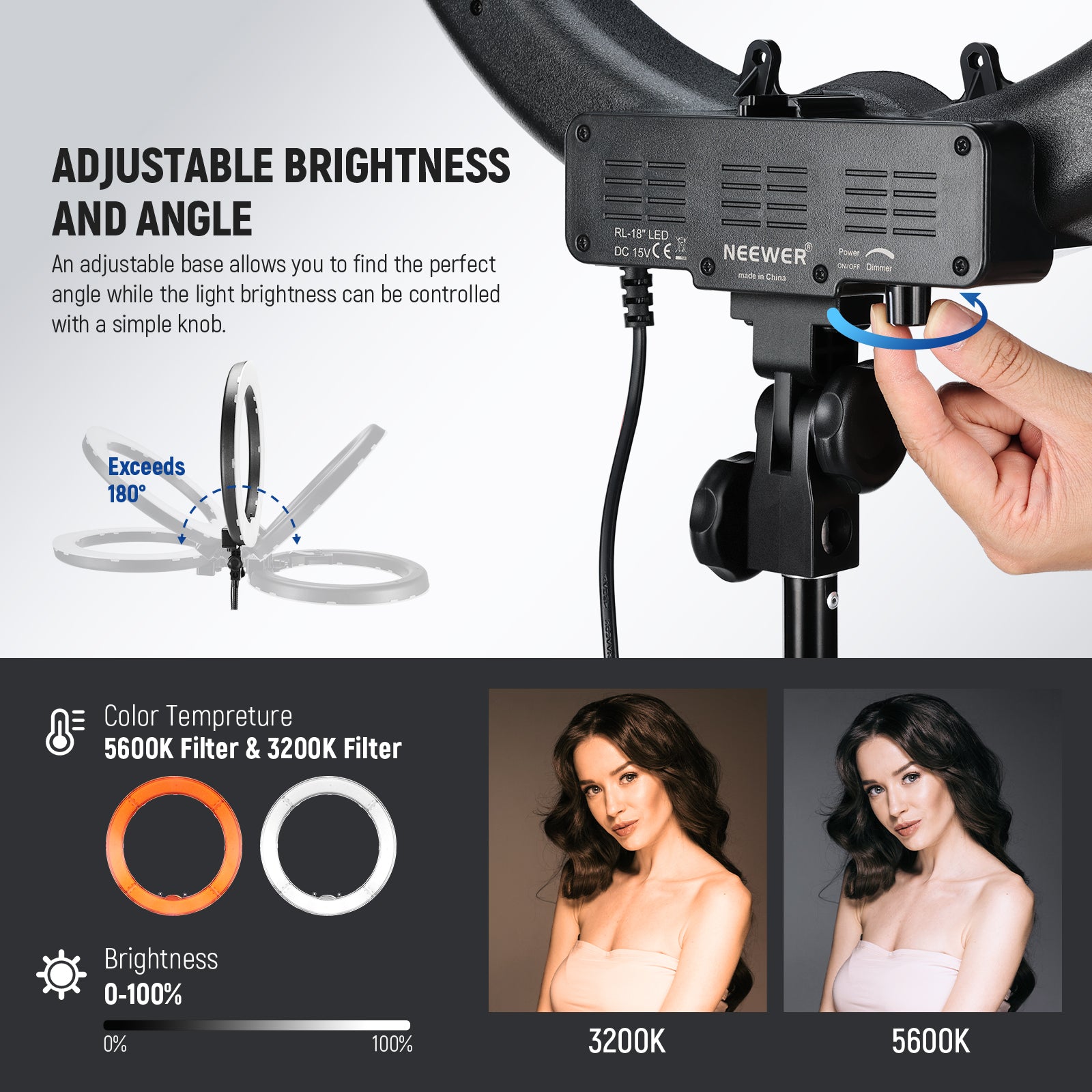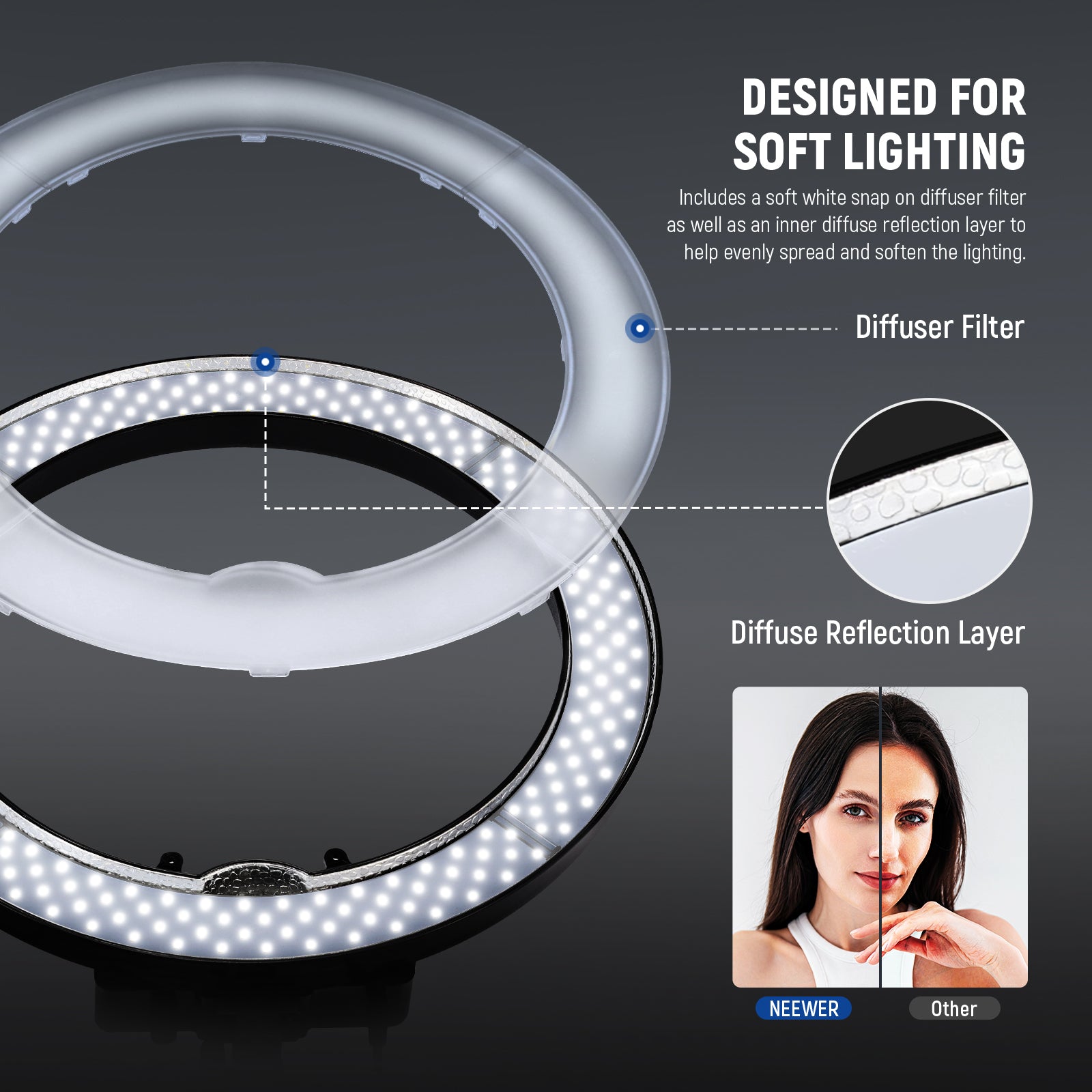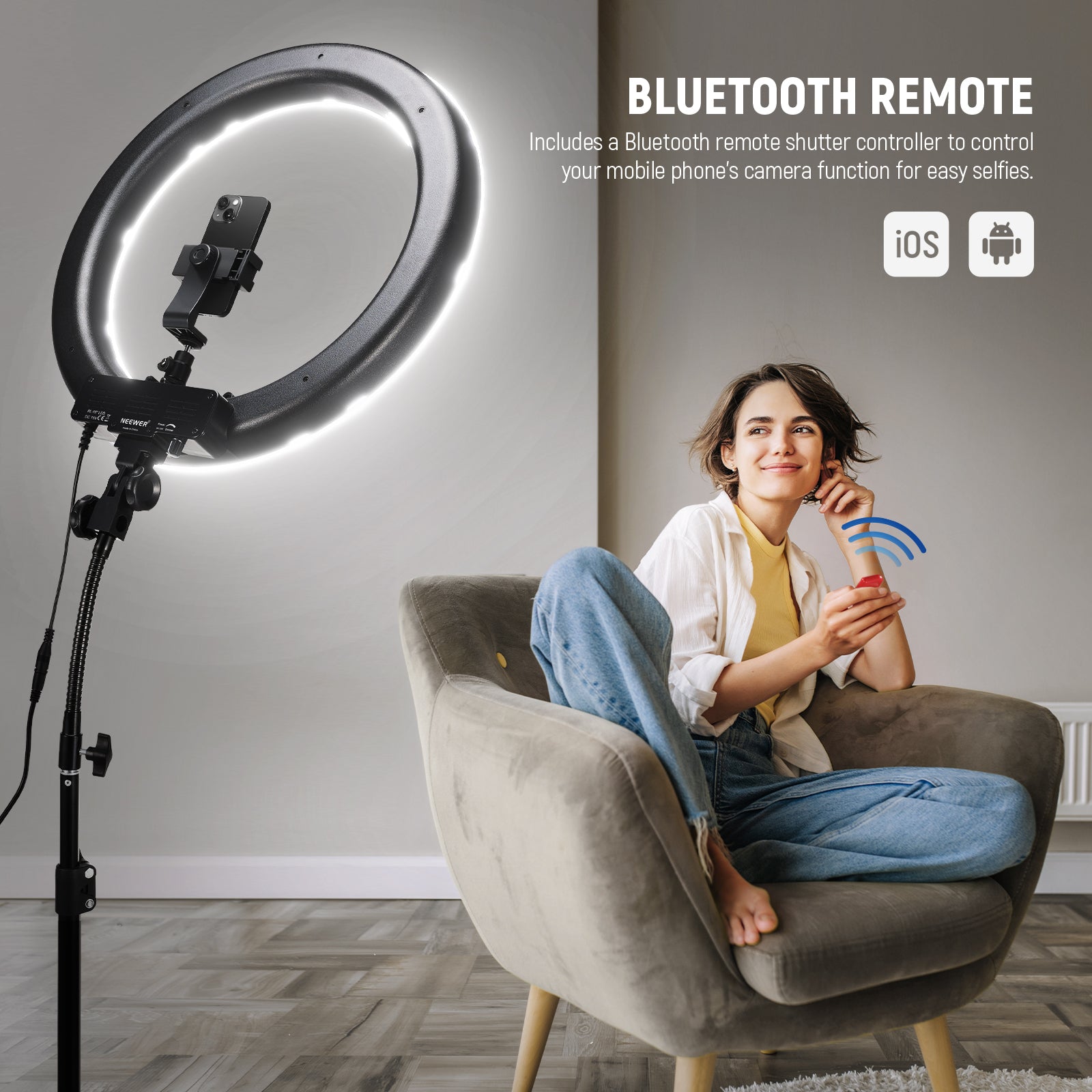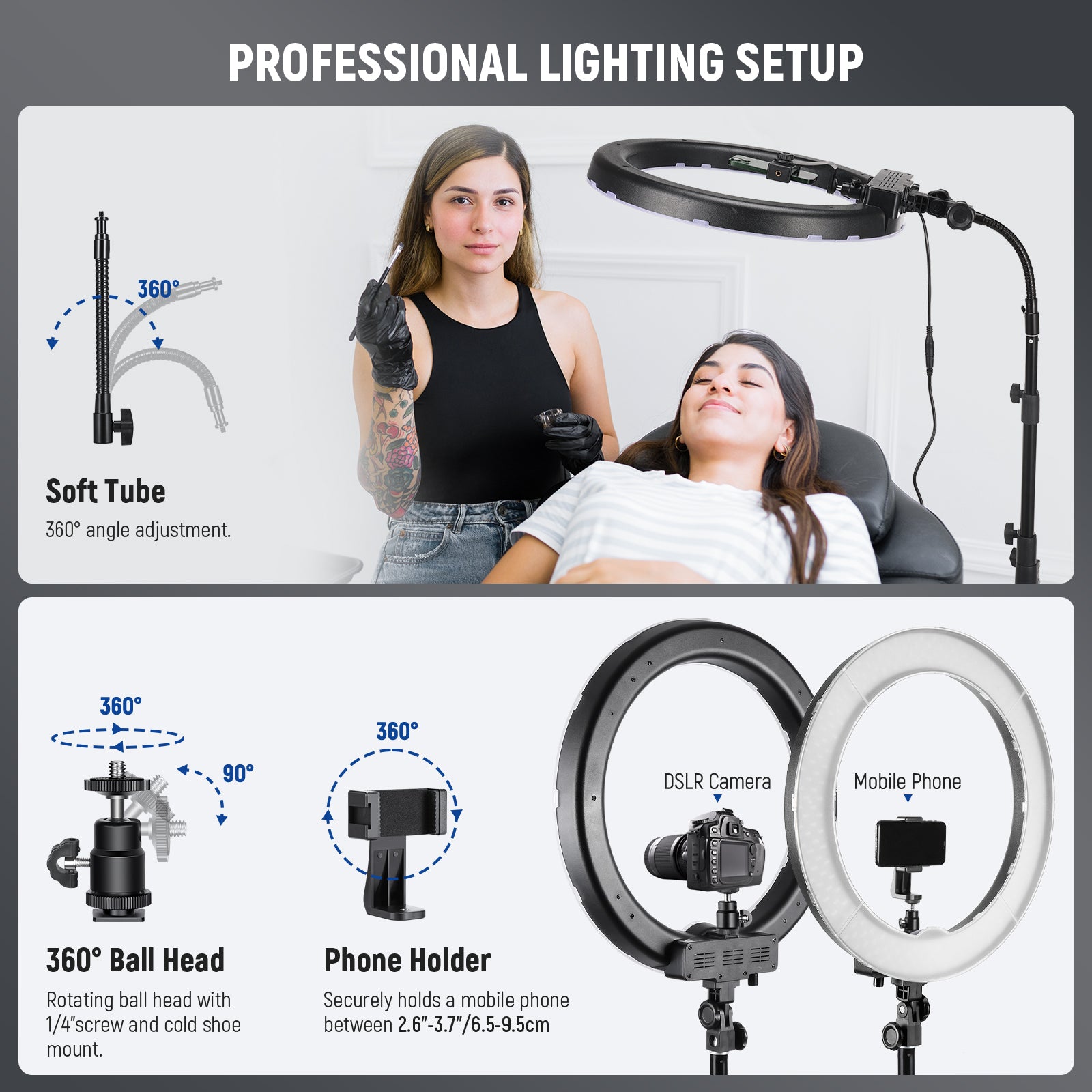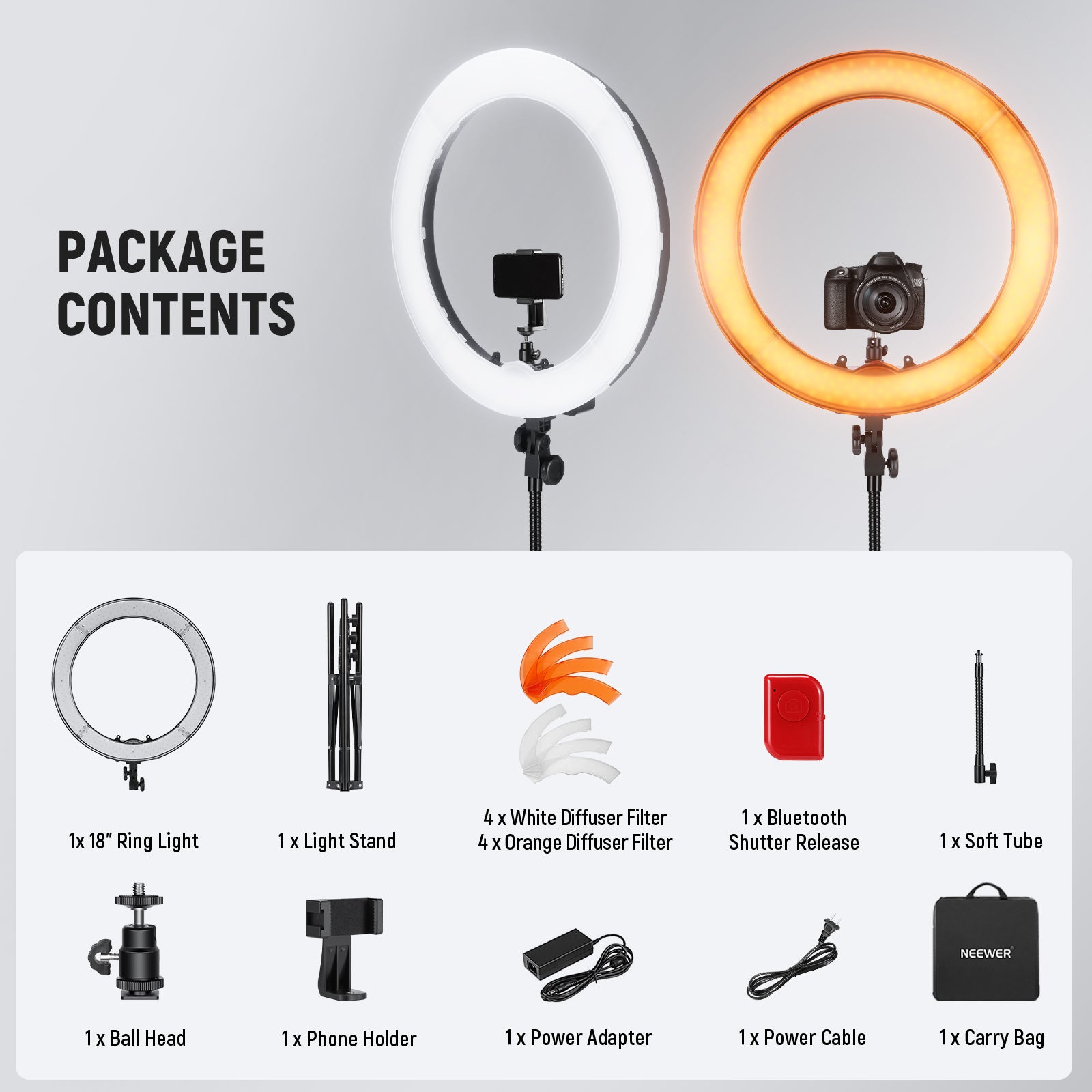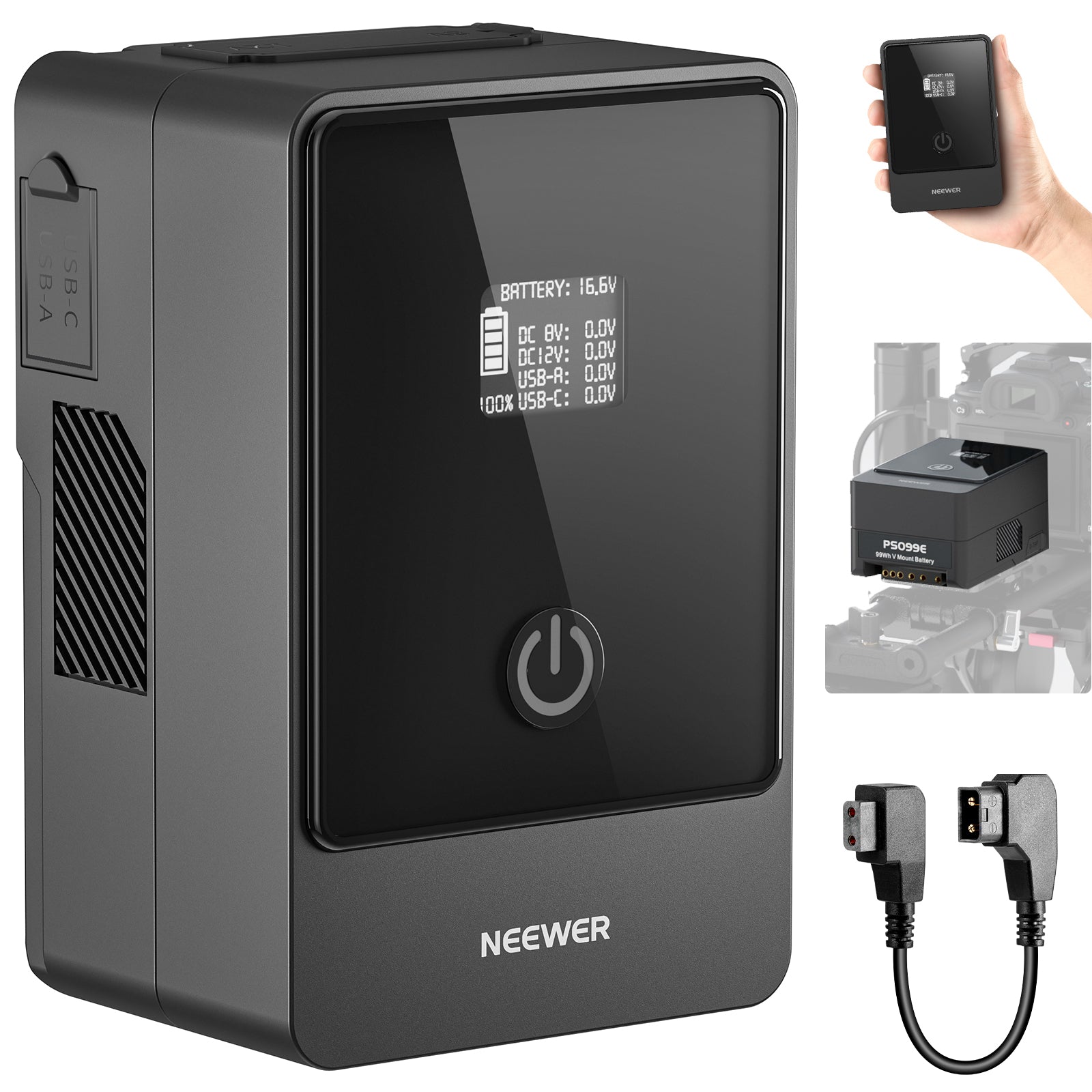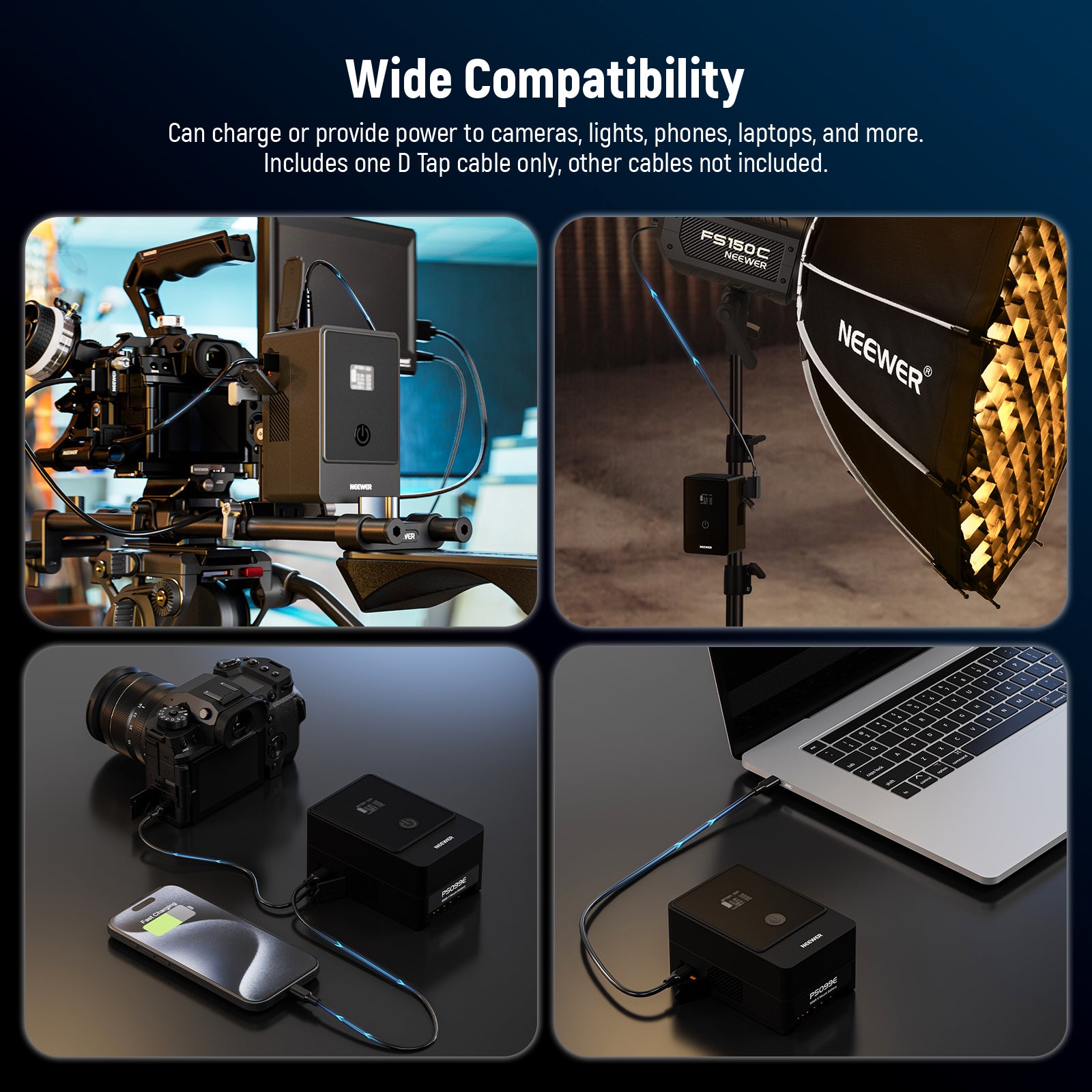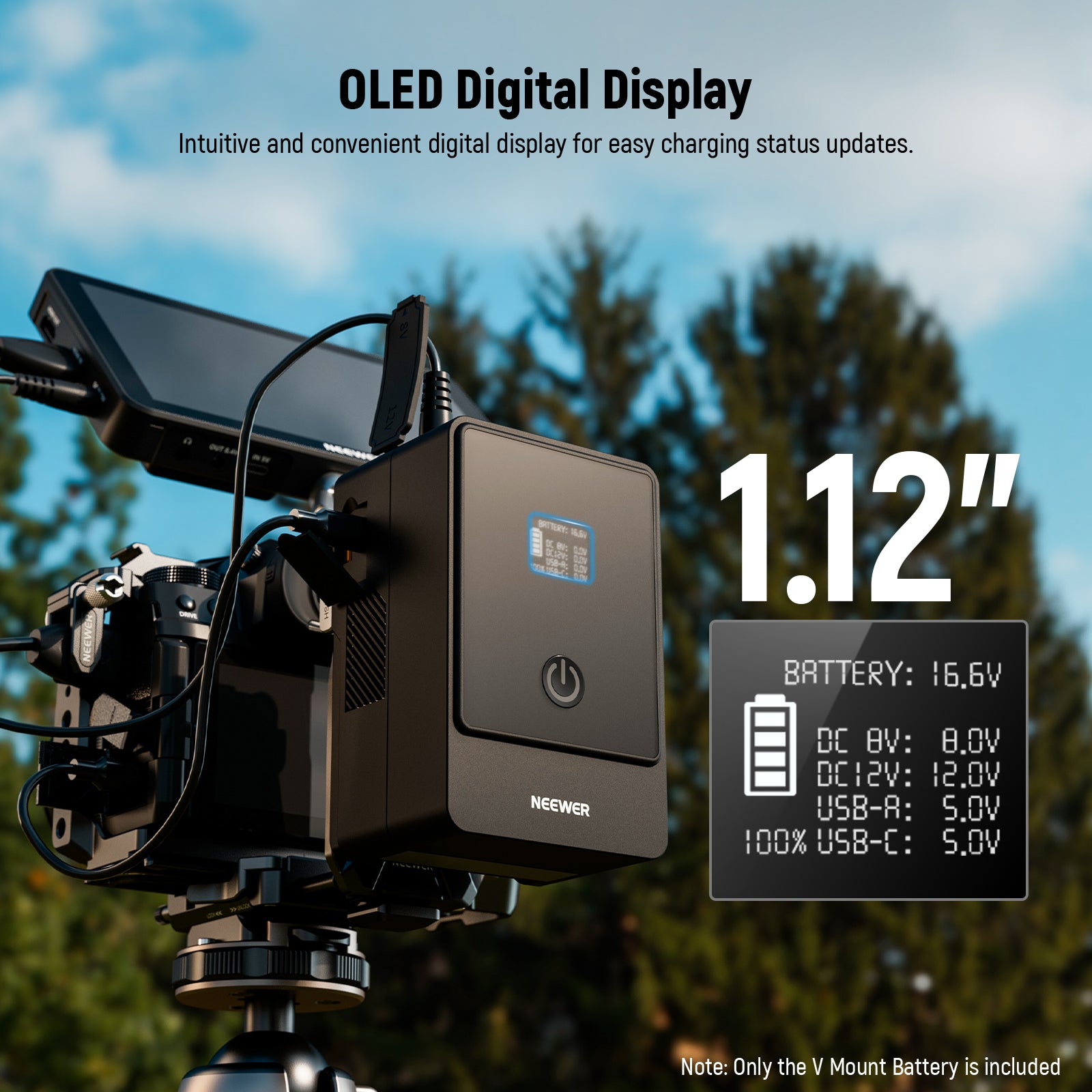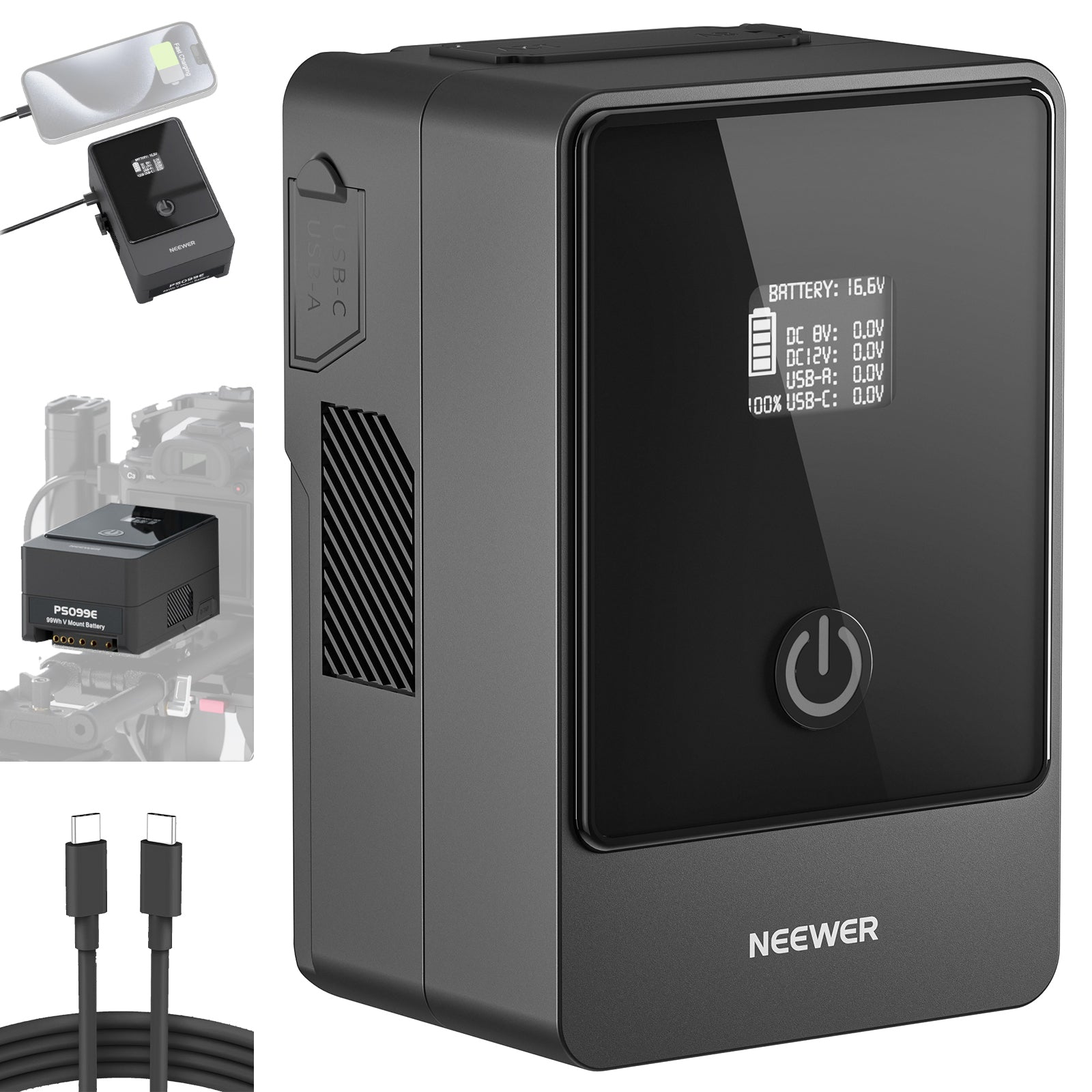Table of Contents
A camera cage is a metal frame mounted on the outside of your camera that allows you to attach various accessories externally. It can be of great help if you often need external accessories such as tripods and monitors. This article describes the function, features and so on of the camera cage, if you want to improve your photography, feel free to explore more.
What Is a Camera Cage? Why Use It?

A camera cage is a protective and functional frame designed to enhance your camera, offering extra mounting points and accessories. You can think of it like a skeleton. It is built from metal (usually aluminum), so it can protect the body while making your rig customization possible.
Photographers and videographers commonly rely on camera cages to secure gear such as microphones, external monitors, lights, top handles, follow focus systems, or battery packs. Most cages offer multiple 1/4"-20 and 3/8"-16 threaded holes, cold shoe mounts, and NATO rails for maximum flexibility and setups - especially essential in professional video production, where compact handheld or shoulder-mounted rigs must be adjusted quickly to create seamless productions.
Cages not only increase your options, but they offer protection too. Should your camera fall or hit something on set, its protective cage takes the brunt of any impact--rather than your expensive camera body itself.
So, a camera cage provides protection, and flexibility and expands your camera's capabilities. Whether shooting handheld, on a gimbal, or for complex production shoots a cage makes your camera more production-ready and versatile.
What Does a Camera Cage Do?

Camera cages provide your camera with essential protection, adaptability, and control - essential features of professional video production. When it comes to filmmaking, these tools become essential. If you take filmmaking seriously, a cage is no mere accessory - it should be seen as an essential tool.
1. Protects Your Camera
A camera cage acts like a protective shell around your camera body. It's usually made from strong aluminum and is designed to absorb impacts. If your camera gets knocked or dropped on set, the cage takes the hit—not your expensive camera. This is especially valuable when you're shooting in fast-paced or unpredictable environments.
2. Expands Mounting Options
One of the biggest advantages of a camera cage is the extra mounting space. Most cages feature multiple 1/4"-20 and 3/8"-16 threaded holes, cold shoe mounts, and NATO rails (in some models). These let you easily attach accessories like microphones, LED lights, and more. This keeps your setup organized and prevents overloading your camera's built-in hot shoe.
3. Improves Handling and Stability
Cages often include or support optional grips and handles, which make it easier to shoot handheld. A top handle is especially useful for low-angle shots, and side grips add stability. This is a big help for filmmakers who need smoother movement or longer shooting sessions without fatigue.
4. Better for Professional Rigs
If you’re building out a full video rig—with a follow focus, matte box, V-mount battery, or external recorder—a cage serves as the foundation. It gives you the structure to build a balanced, modular setup that fits your workflow.
Camera Cage vs Gimbal
|
Feature / Purpose |
Camera Cage |
Gimbal |
|
Main Function |
Protection & Accessory Mounting |
Stabilizing camera movement |
|
Stabilization |
❌ No built-in stabilization |
✅ Motorized 3-axis stabilization |
|
Accessory Mounting |
✅ Multiple mounting points for mics, monitors, etc. |
❌ Limited mounting options |
|
Camera Protection |
✅ Acts as a protective shell |
❌ Does not protect the camera |
|
Best Use Case |
Rig building, interviews, tripod or handheld shots |
Moving shots, walking/running, event coverage |
|
Handling |
✅ Improved grip & balance (especially with handles) |
✅ Smooth motion but may require two hands |
|
Portability |
✅ Lightweight (basic cage only) |
Can be bulky, especially with heavy cameras |
|
Power Source |
❌ No power needed |
Requires battery to operate |
|
Can They Be Combined? |
✅ Yes—many users mount a caged camera on a gimbal |
✅ Yes—just make sure the gimbal can handle the weight |
A camera cage is about customization and control. A gimbal is about smooth, stable motion. They don’t replace each other—they solve different problems. If you’re shooting dynamic video, you’ll probably want both in your kit sooner or later.
How to Use a Camera Cage?

- Choose the right cage that fits your camera model. Ensure it doesn’t block essential parts like battery slots or ports.
- Secure your camera inside the cage by attaching it with the 1/4"-20 screw. Tighten it firmly, but don’t overdo it to avoid damaging the threads.
- Optionally, add handles like a top or side handle. This improves comfort and stability for handheld shots, especially for low-angle shooting.
- Mount accessories such as microphones, external monitors, lights, or wireless transmitters. Use the threaded holes or cold shoe mounts available on the cage.
- Balance the setup if using on a tripod or gimbal. Make sure the camera’s weight is well distributed to prevent tipping or imbalance.
- Customize based on the shoot. You can keep it light and minimal or fully rig it up with a matte box, follow focus, or battery plate depending on your needs.
Do You Need a Camera Cage for Photography?

A camera cage isn’t necessary for everyday photography, but it can be beneficial in certain scenarios where you need protection, extra mounting options, or balance for heavier setups. If you're mainly focused on lightweight, casual shooting. or studio photography, you likely don’t need one. However, for outdoor, travel, or more demanding photography situations, it can be a great addition to your gear. Here’s a breakdown of when you might need a cage for photography:
- When you’re working in a rough environment;
- When you’re using large lenses;
- When you need extra mounting options, like flashes, external light triggers, or even a grip;
- If You Plan on Using a Tripod or Monopod.

